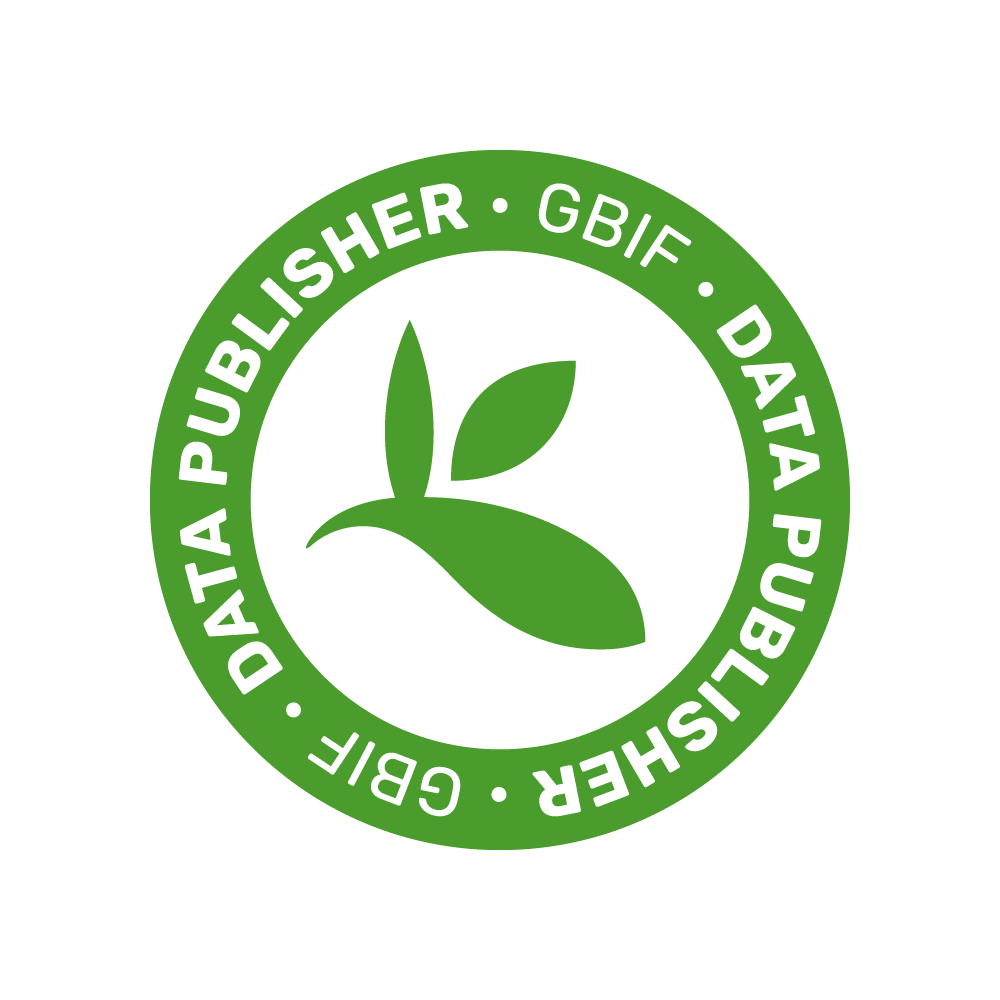|
Description
|
Driven by the aging of the population and by the increasing incidence of chronic diseases, the global market for nutraceuticals is projected to grow faster than any other pharmaceutical sector. Within this sector, omega-3 long chain fatty acids (PUFAs) are of particular importance, given their increasing demand as food supplements. Indeed, 6âlinoleic acid (C18:2), 3âlinolenic acid (C18:3), and the highly polyunsaturated omega-3 fatty acids, eicosapentaenoic acid (EPA, C20:5) and docosahexaenoic acid (DHA, C22:6) have been found to reduce the risk of cardiovascular diseases, hypertension, and autoimmune and inflammatory disorders. PUFAs are mostly obtained from fish oil. However, declining fish stocks and the anticipated increase in human demand dictate an alternative source. Their production using a variety of non-engineered organisms, ranging from yeasts to plants, has been attempted, so far with limited yields. Biotechnological solutions to PUFAs production have been recently proposed, with the reconstruction of the biosynthetic Δ-9 pathway (four enzymes, Figure 1) in an engineered yeast, using genes from mesophilic algae and fungi (Xue et al 2013). Considering that also Antarctic marine microorganisms produce a wide range of PUFAs (Carvalho & Caramujo 2012), cold-active homologs of these enzymes are expected. Only among Antarctic bacteria, more than 40 species were shown to produce DHA, EPA or both (Bianchi et al 2014). These cold-adapted enzymes are particularly interesting in view of optimizing whole-cell bioreactors, as low working temperatures could reduce the high amounts of oxidized byproducts formed through non-enzymatic reactions at room temperature, a problem particularly relevant for the highly unsaturated PUFAs. In this project, we plan to clone the genes encoding the four enzymes of the Δ-9 pathway through a âgene fishing’ approach on the total mRNA extract of marine samples. The primers for RT-PCR will be designed based on the analysis of total mRNA through a meta-transcriptomics approach. Sequencing will be carried out with with NextSeq 500 and the produced sequences will be analyzed using bioinformatics software such as Trinity (Grabher et al 2011). Once the cDNA (or synthetic genes) are available, the His-tagged proteins will then be expressed in a commercially available Escherichia coli strain (Arctic Express Cells, Stratagene) optimized for expression at 4-10 °C, to overcome the expected instability at higher temperatures. Changes in the PUFA biosynthetic activity of E. coli cells will be monitored upon cultivation under different conditions by profiling the fatty acids either in the cell or freed in the culture media, as previously reported for fatty acid desaturases (Yin et al 2007). Non-transformed cells will be used for comparison. Fatty acids profiling will be carried out using a high resolution liquid chromatography/mass spectrometry (Orbitrap) approach. A final goal, outside the scope of this project, and possibly the subject of a subsequent PNRA call, will be to reconstruct the whole cold-active Δ-9 pathway either in the cold-active E. coli - using an expression vector with the four genes in tandem - or in a cold-adapted algaeyeast - as already done for a mesophilic organism (Xue et al 2013). This will produce a bioreactor active at near freezing temperatures, allowing for the production of PUFAs with a lower content of peroxidation contaminants. It is also outside the scope of this project to fully characterize the purified proteins. However, in case the evaluation of the functional and folding state is needed to proceed with the project (some of them are predicted to be transmembrane proteins), the proponents have the expertise to overexpress and purify one or more of them at high yields. |




